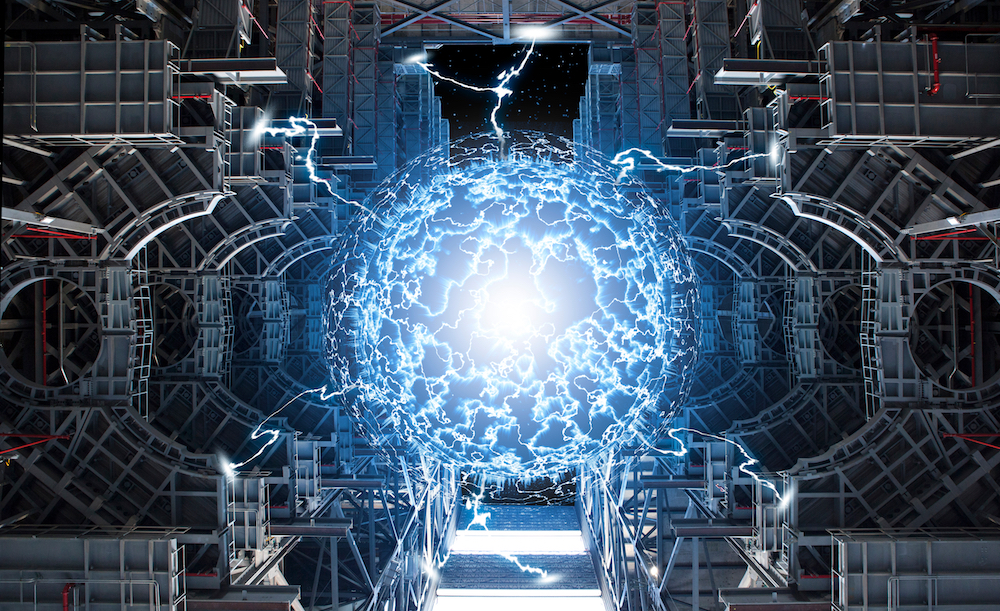
General Fusion Secures $22 Million Lifeline Amid Financial Struggles
Canadian nuclear fusion startup General Fusion has received a much-needed boost in the form of $22 million in new funding, following significant financial challenges earlier this year.
In May, the company laid off at least 25% of its workforce in an effort to stabilize its finances. At the same time, CEO Greg Twinney publicly appealed for financial support in an open letter. While the new funds provide some relief, they fall well short of the company’s previous funding goals.
The investment came from a group of existing backers participating in what The Globe and Mail described as a “pay-to-play” funding round — a setup requiring current investors to reinvest to maintain their equity. Contributors included Chrysalix Venture Capital, Gaingels, Hatch, MILFAM, JIMCO, PenderFund, Presight Capital, Segra Capital Management, and Thistledown Capital. As part of the deal, PenderFund and Segra were granted seats on General Fusion’s board.
Although General Fusion characterized the round as “oversubscribed,” the $22 million haul is well below the $125 million it had been seeking. Adam Rodman, chief investment officer at Segra Capital, told The Globe and Mail the amount raised was “the least amount of capital possible” needed to achieve the next critical scientific milestone.
Founded in 2002, General Fusion has raised approximately $440 million to date, according to PitchBook.
Just prior to revealing its financial difficulties, the company had brought Lawson Machine 26 (LM26) online — a half-scale prototype of its envisioned commercial reactor. The fresh funding is expected to extend operations for LM26 as General Fusion works toward hitting key milestones.
The company’s technology focuses on magnetized target fusion. This process involves sending electricity through deuterium-tritium fuel to generate a magnetic field that confines the plasma. That plasma is then rapidly compressed using steam-powered pistons pushing a liquid lithium wall inward. The goal is to create enough heat and pressure to initiate a fusion reaction.
In March, when LM26 was commissioned, General Fusion projected it could reach scientific breakeven in 2026. This term refers to a fusion reaction generating as much energy as it consumes—an important benchmark for validating reactor designs, even though it doesn’t guarantee commercial viability.
Today, the company reaffirmed its commitment to reaching breakeven but did not share a new timeline. Instead, it outlined two interim targets: achieving plasma temperatures of 10 million and 100 million degrees Celsius.
